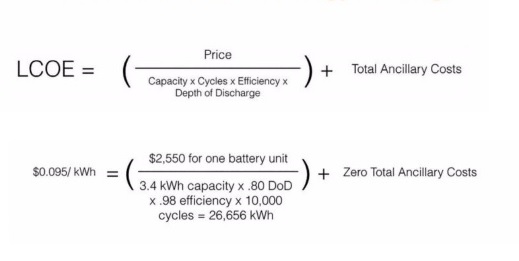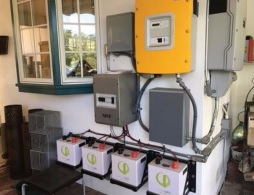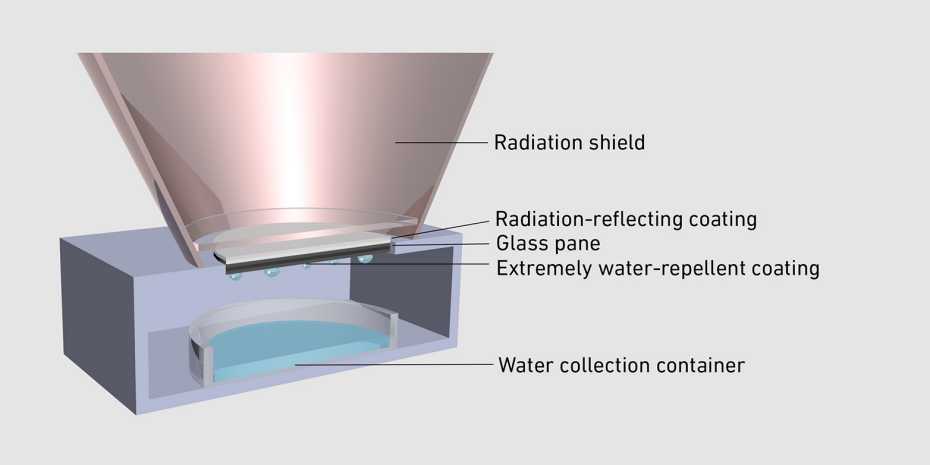 via www.solarpowerworldonline.com Differentiating between price point and cost is paramount to advancing the solar+storage discussion with regard to performance and real value over the life of the project. Whether evaluating lead acid, lithium ion, flow or others, the various combinations of battery chemistries, form factors and architecture can impact the true cost of energy delivered over the battery’s useful life. While it is common to make purchasing decisions based on published, up-front price points per watt hour (Wh), determining the Levelized Cost of Energy (LCOE) over the battery’s useable lifetime is a more accurate and reliable method for understanding the battery’s true cost and ROI for customers. To calculate the LCOE in Wh for any battery technology, use this industry standard formula:
via www.solarpowerworldonline.com Differentiating between price point and cost is paramount to advancing the solar+storage discussion with regard to performance and real value over the life of the project. Whether evaluating lead acid, lithium ion, flow or others, the various combinations of battery chemistries, form factors and architecture can impact the true cost of energy delivered over the battery’s useful life. While it is common to make purchasing decisions based on published, up-front price points per watt hour (Wh), determining the Levelized Cost of Energy (LCOE) over the battery’s useable lifetime is a more accurate and reliable method for understanding the battery’s true cost and ROI for customers. To calculate the LCOE in Wh for any battery technology, use this industry standard formula:
LCOE = Price/( Capacity x Cycles x Efficiency x Depth of Discharge) + Total Ancillary Costs
The more challenging step may be collecting the data you need to fill in the blanks. All of these data points should be found on the manufacturer’s specification sheets, with the exception of available capacity.
Step one: Fill in the basics
Price is the published price point for the battery, regardless of stated capacity, depth of discharge or other performance parameters.
Cycles is the number of full charge and discharge cycles expected over a battery’s warranted lifetime while it has at least 80% of its original published capacity left, which is the industry standard end of life definition (EOUL). Be aware that some battery manufacturers do not disclose the EOL for their battery, which makes it difficult to assess LCOE accurately. Others do not hold to the EOL industry standard of 80% and allow 60% to 70% degradation during the warranted life of the battery, which negatively impacts the LCOE.
Depth of discharge (DoD) is how much total energy can be drawn from the battery in one complete charge/discharge cycle. On average, 80% DoD is common. However, the DoD may be as low as 50%
for batteries such as lead acid or lithium cobalt oxide-based batteries such NMC (lithium nickel manganese cobalt oxide) to safeguard against overheating, fire or voiding the warranty.
Capacity involves how much energy in Wh can be stored in the battery. This is key when a limited DoD is factored into the LCOE equation. When a battery is discharged at a shallower depth, for example, the battery can last longer, but the shallower depth translates into less available and less useable Wh or amp hours (Ah) over the life of the battery. This means that there can very often be a difference between the nameplate capacity and the available capacity (number of Wh) as a function of the depth of discharge. If the DoD is not provided on the product spec sheet, the information can be gathered directly from the manufacturer or by performing the following calculation:
kWh x DoD = Available capacity in kWh
As an example, a 3.4-kWh (67 Ah) battery with 100% depth of discharge can deliver 3.4 kWh or 67 Ah of power. For a lead acid battery. 3.4 kWh (67 Ah). which could be damaged if discharged to 100%, should be limited to approximately 50% (3.4 x 0.5 = 1.7 kWh). This example illustrates how DoD has a significant impact on available energy in any given installation, beyond the nameplate or published capacity.
To make up for this loss in available Wh due to shallow discharging, more batteries and larger installations are often required to make up the difference, requiring more space and weight per pound to provide the same amount of power and energy than batteries that do not require shallow discharging.
Efficiency rate indicates how much energy is lost or maintained in the charge and discharge cycle, or how much energy can be effectively stored in the battery and pulled back out for use. The higher the efficiency, the less loss in Wh, the smaller and lighter the batteries, the smaller the installations and the more efficient use of space and weight.
Lower efficiency rates, shallower depths of discharge and longer charge and discharge times (beyond two hours) are all techniques employed by some battery manufacturers to protect against overheating and thermal runaway. This can significantly reduce the total efficiency of the system, leaving less usable energy for offsetting electrical loads in an installation.
Here’s a hypothetical example to illustrate how these performance metrics impact the LCOE of a battery with a:
• Price point of $2,550
•Nameplate and usable capacity of 3.4 kWh
• Roundtrip efficiency rate of 98%
• DoD at 80%
• Over 10,000 cycles
$0.095/kWh = ( $2.550 for one battery unit $0.095/ kWh 3.4 kWh capacity * .80 DoD * .98 efficiency * 10.000 cycles = 26,656 kWh) + Zero Total Ancillary Costs
Thus, the LCOE is $0.095 cents per kWh. This is lower than the national residential average electricity rate of $0.12/kWh. In addition, such a battery will deliver 34 MWh over its useful warranted life by the time it reaches its EOL of 80%, likely with many more years at a reduced capacity beyond the EOL 80%.
Step two: Factor in ancillary costs
In addition to the LCOE analysis developed above, which is based on the performance profile of the battery itself, contractors should also factor in other ancillary costs of the installation that erode a lower up-front price point, as well as the LCOE.
Expected ancillary costs may include:
• How much valuable project space are the batteries going to occupy?
• Weight—how much is it going to cost to ship in terms of per Wh, per pound?
• Will you need to pay for a forklift
or other equipment to install the batteries?
What kind of on-going maintenance is involved? This could include:
• External HVAC equip ment to maintain optimal ambient temperature
ment to maintain optimal ambient temperature
• Containment and extra space for ventilation and setback requirements
• Replacement cost due to inefficiencies and shorter cycle life
These costs may be harder to calculate, but are important factors to consider. Fundamental to identifying the true costs (versus up-front price point) and benefits of any battery system is calculating the available lifetime watt hours, as well as the other costs
associated with installation, operation and replacement over time. Taking time to evaluate options carefully and calculate LCOE will give you a better idea of the true costs and benefits of any storage system and lead to more cost-effective projects for you and your customers. sPw

